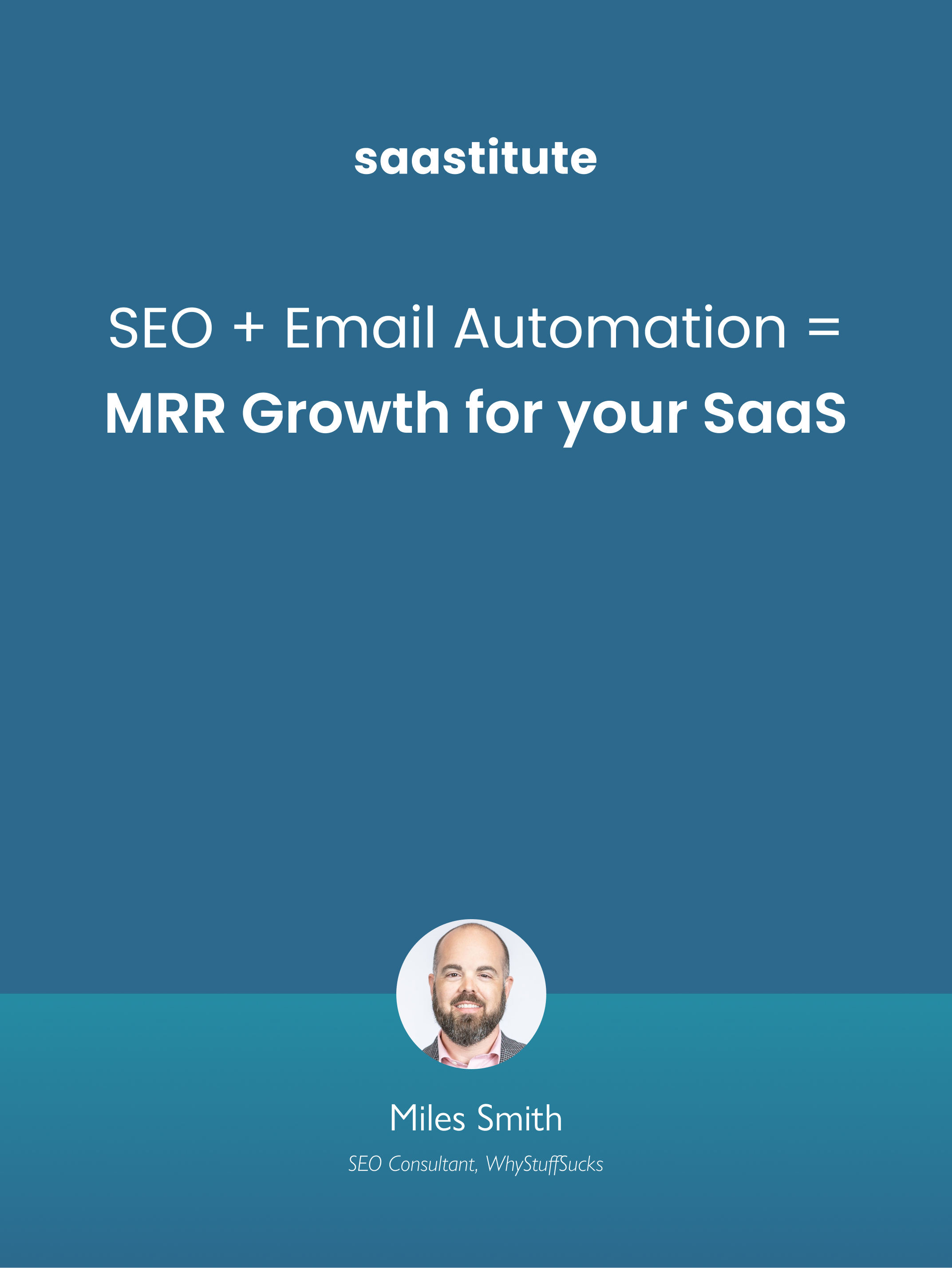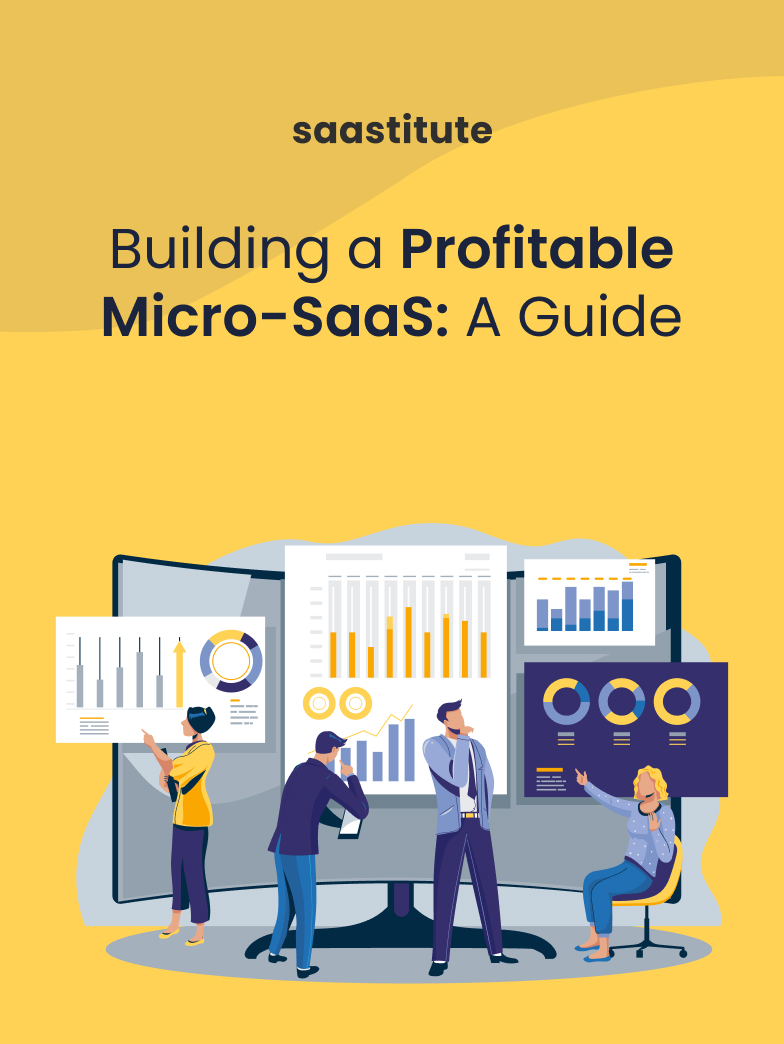Different Stages of Raising Capital for SaaS Startups
Learn about the funding stages, the unique problems of raising funds during each stage and how to approach each of these funding rounds like a pro.

Having an idea and scaling it to success needs a well-planned strategy.
Are you clueless about how to lead your business through different rounds of raising capital?
Here's is a short overview of varying funding stages, the challenges they pose and some advice on how you can navigate these:
1. Pre-seed
By definition, pre-seed funding or pre-seed capital is the funds that help start the business. It is the financial support right at the start of the business lifecycle to help kick-start their journey.
Pre-seed capital fuels initial product development in the early stages.
For most SaaS companies, pre-seed funding helps build a proof-of-concept of the ultimate product. For example, the funds from early financing can be used to create beta versions of the software products.
Problems During Pre-Seed Funding
- Due to the infancy of the startups, pre-seed funding ticket size is typically small.
- Most SaaS founders find it difficult to raise pre-seed funding as they have no real traction to show the value proposition of their idea.
- Businesses can decide the amount they want to raise in the pre-seed funding round based on available resources and expenditures to implement the plans to meet the milestones.
- Startups that raise too many funds during pre-seed rounds, i.e. early on in the business lifecycle, often have to deal with strict investment terms. Investors like to control the business operations post-pre-seed funding as they want to ensure that their money is being used wisely.
Pitch Deck Advice for Pre-Seed Funding Round
Since pre-seed funding is relatively riskier from an investor's perspective, they look for substantiation or proofs that authenticate business model assumptions. Business milestones that demonstrate value proposition attracts pre-seed investors.
It's best to encourage long-term vision and demonstrate your SaaS's capabilities to take things to the next level.
Things like the funding amount, cost of the business and revenue forecasts instill confidence in investors.
A proper fund appropriation plan can help allocate resources to the operations as and when needed and show investors how their money would be used if they choose to invest.
2. Seed
The second leg of the five major startup funding stages is the seed funding phase. Seed funding fuels growth and is vital for sustainable scaling during the initial phase of the business development.
Seed money goes into product development, equipment purchase and talent acquisition.
Most SaaS businesses look for seed funding from Angel investors and venture capitalists.
Problems During Seed Funding
- Given the initial phase of SaaS enterprises, it is difficult to predict what they will sell in the future or what their exact cost structure will be, as most businesses haven't even earned revenue yet.
- The absence of financial projections makes it difficult to pitch for funding. Sometimes, SaaS owners haze out the fine line between optimistic and realistic.
- Trying to excite investors, they make almost unlikely assumptions and set themselves up for failure.
Pitch Deck Advice for Seed Funding Round
Develop an understanding of the addressable market size, and your own business valuation helps.
Depending on the type of SaaS business you have, there is a need to work out estimates and test their product to convince investors.
Because there is little credibility of the business, having patents also helps in making a pitch.
3. Series A
When your SaaS product has an established user base, consistent revenue streams and attainable KPIs, it's time to go for Series A funding. The capital from Series A can optimize user base, scaling effort and even product offerings both.
A typical Series A round raises approximately $2 million to $15 million, but this number has increased on average due to high tech industry valuations or unicorns.
The investors in Series A hail from traditional venture capital firms. In most cases, it is common for a few venture capital firms to lead and serve as 'anchors' in attracting additional investors.
Angel investors can also invest at this stage, but their role is very limited in this funding round than they did in the seed funding stage.
Equity crowdfunding is another option for generating a Series A round of funding.
Problems for Series A Funding Round
- Many SaaS companies successfully generate seed funding and still fail to develop interest among investors as part of a Series A funding effort. That's because they fail to choose a quickly scalable and adaptable business model.
- Another impediment in the route to Series A funding can be the weak unit economics of your SaaS business.
- Businesses that struggle with finding the product-market fit and viable customer acquisition channels also have a hard time convincing investors.
Pitch Deck Advice for Series A Funding
To raise Series A funding, plan a long-term profit-generating strategy for your SaaS.
Keep the picture concise and straightforward for your investors. Explain what you have done so far and then project where you intend to reach and how their money would help ascertain that. It's important to give investors clarity about problems you are solving, how your product simplifies stuff for your customers and how it is a good business proposition to invest in your business.
Investors would also like to see how you spend the money raised in a seed round of funding and how far you have grown.
4. Series B
Series B round of funding expedites the SaaS scaling and moves it past development phases. The money from Series B is mainly used to improve customer outreach, head towards expansion, and acquire other business entities.
Most businesses that raise Series A funding already have a good user base and have gained investor confidence. Series B funding is also used to meet the growing demand for the product. Tactical talent acquisition, sales development, advertising and even employee engagement surface on the cost side of the business.
On average, businesses raise $33 million during Series B rounds. Most Series B companies have valuations between around $30 million and $60 million, with an average of $58 million.3
Apart from the interest from anchor investors and angel investors, later-stage VCs also show interest in Series B funding.
Problems for Series B Funding Round
- The emphasis is on numbers like customer acquisition costs and customer lifetime value.
- In addition to demonstrating that product-market fit, SaaS owners also need to show how well users engage with their product and back it up with revenue.
- Series Bs are always the most challenging rounds to raise because they are in-between rounds.
Pitch Deck Advice for Series B Funding
Use relevant metrics to give a visual and analytical overview of the progress of the business. It convinces investors that their money will be utilized in calculated, data-driven decision making instead of hit and trial.
Secondly, ensure that your product pitch highlights its caliber, bringing out how it will outsmart its competitors. At this point, it's okay to articulate the product's future expectations to enhance the investors' confidence in your product.
Also, since 'growth' is the buzzword during Series B, it's essential to demonstrate how you are multiplying revenue even if it costs a bit high at this point.
5. Series C
Successful businesses also need funding, and they get it in the form of Series C capital. The money can be used to further new product development, explore new markets or even acquisitions.
With a proven track record of success, Series C has an investor's confidence at its heart.
Hedge funds, investment banks, private equity firms and secondary-market players make a chunk of investors at this stage.
Many businesses utilize Series C funding to boost their valuation in anticipation of an IPO sometime later.
Problems During Series C Funding Round
Investors compare old term sheets to new ones, and it can badly influence their decisions.
Pitch Deck Advice for Series C Funding
While they say it's easier to raise a Series C investment, certain best practices are to the process.
Re-align the governance documents and board of directors to make scope for lead investors to get involved in strategic decision making.
Check out how to build a perfect pitch deck for your SaaS startup and a few elements that matter the most.
In the End
SaaS owners are often stuck with questions like what investors look for while investing in different funding stages. Knowing the unique challenges of every round of funding can help you prepare for them better.














.svg)


